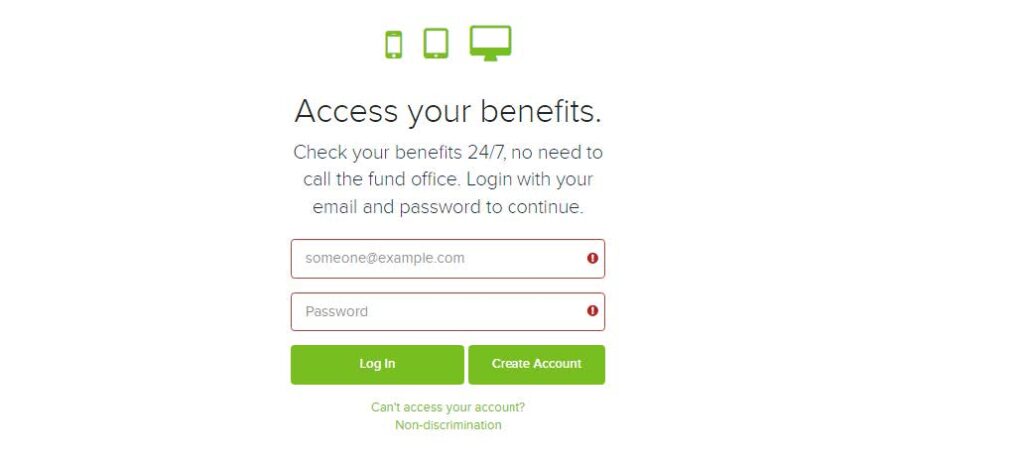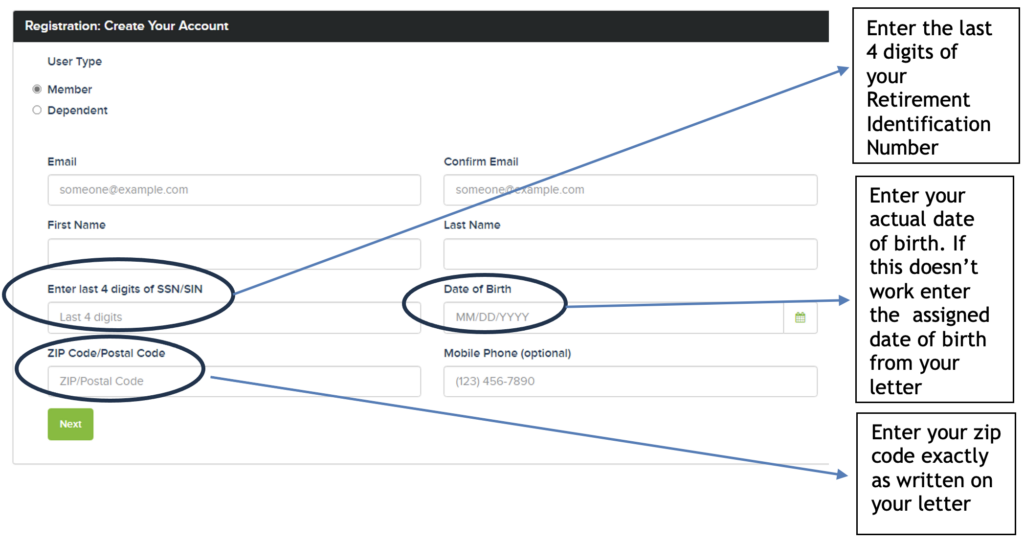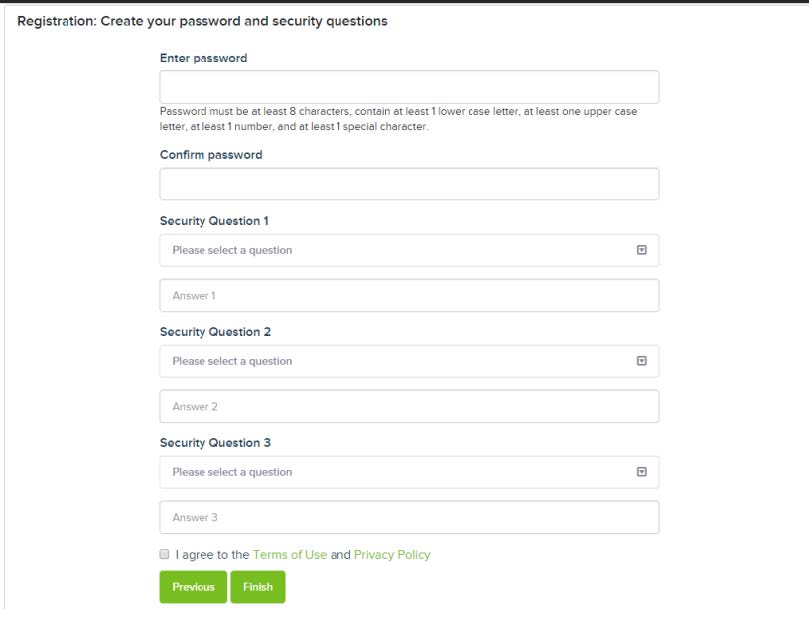Child care providers who are members of Child Care Providers United (CCPU) were joined by parents and children today as they held socially-distanced candlelight vigils in San Diego, Los Angeles, and Fresno to raise awareness of the loss of over 5,600 child care businesses in California. The child care system, in crisis before COVID-19, has been completely decimated by the pandemic, speakers said at events outside Governor Newsom’s offices across California.
The state took meaningful action by waiving family fees for children not attending care, which is a step in the right direction to support stability in the Early Care and Education system, but scores of providers are still closing each week and the vast majority are women-of-color-owned businesses. For some providers, the scars of the 2008 recession are still fresh, as many closed, never recovered financially, and were unable to reopen. “My child care has been open for 16 years. I worked overnight for six years to obtain my Associate’s Degree in Early Childhood Development to offer the highest quality of care in my area,” said Claudia Carcamo, a provider from Los Angeles. “But once COVID-19 struck, I went from 14 children to three. I am devastated, and if we don’t get concrete help soon, I will have to close my doors this December.”
At each location, community members implored Governor Newsom and state legislators to take urgent action to support child care providers, the parents who count on them to get to work in frontline jobs, and the children who rely on access to critical early childhood education.
“As a single mom, working on the frontline in health care, I have peace of mind at work while my daughter is enrolled in local child care,” said Vanessa Okeefe, a parent from Alameda County. “It’s a great relief to know she’s safe, receiving support while distance learning, and her school work is getting completed.”
A recent study showed provider costs associated with the pandemic have increased by up to 75% as they take on additional expenses and duties to support distance learning for school-age children whose parents must work. Costs include hiring additional staff to support online learning, necessary equipment upgrades including stronger internet capacity and additional computers, and purchasing more essential supplies such as food and sanitation products.
Child care providers who were already on the brink before COVID-19 simply can’t afford to absorb these costs. “We need Governor Newsom to step up and ensure early childhood education is funded and that starts by keeping family child care providers open during a pandemic,” said Geniese Ligon, a teacher and vice-principal from San Diego. “It is time for our government to stop spinning out of control and to start spending on our future.”
Study after study has shown that access to quality early childhood education drastically reduces achievement gaps all the way through high school graduation, which is particularly important since many of the children that providers care for are children of color. Local education officials have joined the call for state support to keep child care providers afloat. “As an educator, community servant, and a product of the early education system, I will do everything in my power to ensure that all children receive a high quality education like the one I was blessed to receive,” said Dr. Daren Miller, a trustee of the Fresno County Board of Education.
Child care providers are asking the state to:
— Generate revenues to increase reimbursement rates for providers who have children in their care participating in distance learning to accurately reflect the cost of this care, as some providers have seen their monthly costs increase by up to 75%.
— Financially support providers who have to close their doors out of an abundance of caution following potential COVID-19 exposure, so that they’re able to reopen and continue their role as essential workers in our communities.




